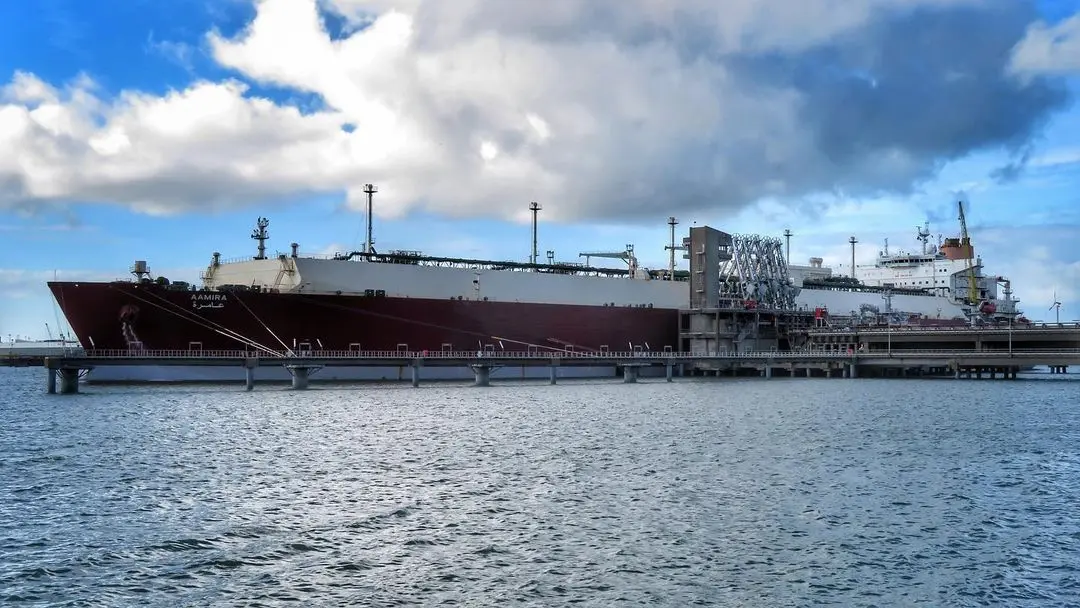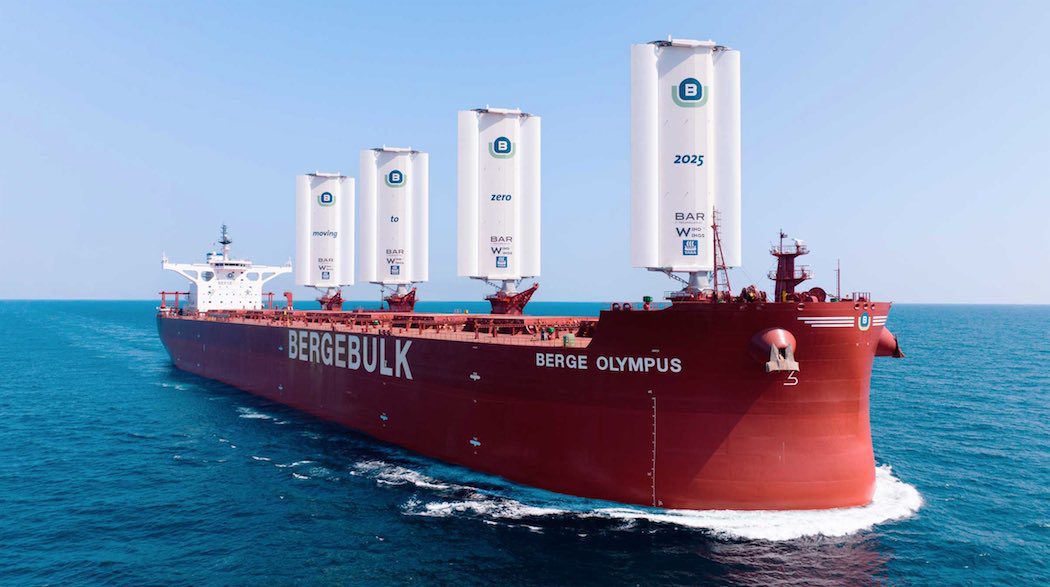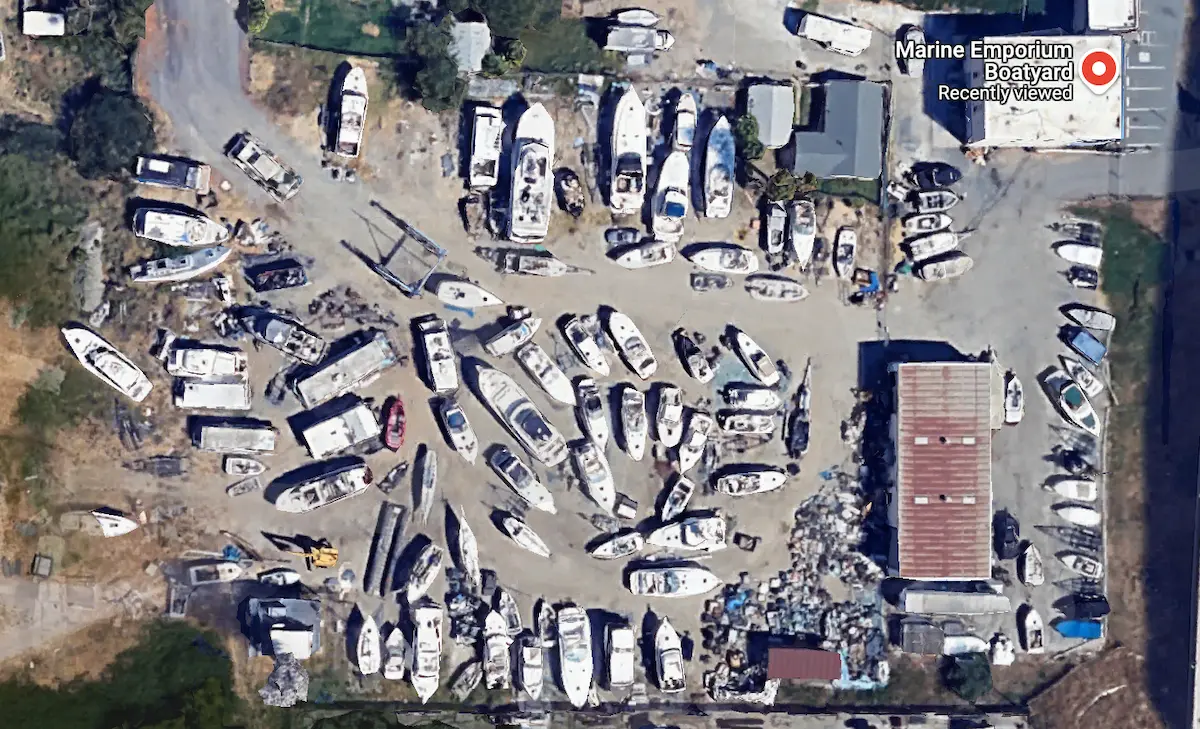Marine propulsion systems play a critical role in reducing the shipping industry’s environmental footprint. As international regulations tighten and the global push for sustainable practices increases, shipbuilders and fleet managers must adopt greener technologies.
Transitioning to alternative and energy-efficient propulsion systems is vital to reducing CO2 emissions and other pollutants associated with traditional marine engines. This article explores how marine propulsion systems are evolving, focusing on electric, hybrid, and wind-assisted technologies that can lead to cleaner shipping and improved energy efficiency.
Electric Propulsion: How It Works and Its Advantages
Electric marine propulsion is a system where electric motors drive the ship’s propellers, powered by batteries or onboard generators. These systems replace the need for internal combustion engines and offer several advantages:
- Reduced Emissions: Electric propulsion eliminates greenhouse gas emissions when combined with renewable energy sources, such as solar or wind power, making it one of the cleanest marine technologies available.
- Energy Efficiency: Electric propulsion is highly efficient because the energy used is directly converted into motion, minimizing losses that occur in mechanical systems.
- Lower Operational Costs: Ships using electric propulsion systems benefit from reduced fuel consumption and maintenance needs. This makes the technology appealing to fleet managers looking to cut operational expenses.
Case Study: The Yara Birkeland
The Yara Birkeland, the world’s first fully electric container ship, highlights the potential of electric propulsion. Powered by 7 MWh of batteries, this vessel eliminates NOx, SOx, and CO2 emissions, operating entirely on renewable energy and significantly contributing to the decarbonization in shipping.
Hybrid Propulsion: Combining Efficiency with Traditional Methods
Hybrid ships combine electric and traditional fuel-based propulsion systems. Hybrid systems use batteries or fuel cells to assist conventional engines, providing an efficient and flexible alternative for different operating conditions. This system is ideal for vessels that require both long-range travel and efficient port operations.
Key Advantages of Hybrid Propulsion
- Fuel Efficiency: Hybrid systems optimize fuel consumption by using electric propulsion in low-speed operations, such as when entering or exiting ports, and switching to traditional engines during long voyages.
- Lower Emissions: Hybrid ships significantly reduce CO2 and NOx emissions by operating in electric mode whenever feasible, contributing to cleaner shipping operations.
- Flexibility in Power Sources: Hybrid ships can use alternative fuels like liquefied natural gas (LNG) or biofuels, reducing dependence on traditional marine fuels.
Example: Viking Grace
The Viking Grace, a hybrid ship operating in the Baltic Sea, uses a combination of LNG and electric propulsion. This vessel showcases the advantages of hybrid propulsion in improving fuel efficiency and lowering emissions, particularly in areas with strict environmental regulations.
Wind-Assisted Propulsion: A Modern Take on an Ancient Method
Sailing ships once dominated global trade, harnessing wind power for propulsion. Today, Wind-Assisted Propulsion Systems (WAPS) are reviving this concept with advanced technology, offering a fuel-efficient and low-emission solution for modern shipping.
As the industry moves towards decarbonization, WAPS are emerging as a practical, scalable, and regulatory-compliant alternative.
Wind-Assisted Technologies: Modern Innovations in Maritime Propulsion
WAPS technologies leverage aerodynamics, automation, and real-time optimization to maximize efficiency. Key systems include:
1. Flettner Rotors
These rotating cylindrical towers generate thrust using the Magnus effect, reducing engine load while consuming minimal electricity. ABS and DNV recognize Flettner rotors as a leading wind-assisted technology, integrating them into classification frameworks for safe installation and operation.
2. Wing Sails
Rigid, airfoil-shaped structures designed to function like airplane wings, wing sails optimize lift and drag ratios to enhance propulsion. ABS and DNV classification rules cover wing sail installations, ensuring stability, structural integrity, and maneuverability.
3. Suction Sails
Developed from Jacques Cousteau’s “turbo sail” concept, suction sails use airflow control to improve lift efficiency and reduce drag. These systems require minimal energy input and adapt dynamically to changing wind conditions.
4. Modern Soft Sails
Unlike traditional cloth sails, modern soft sails feature automated trimming mechanisms and advanced materials that enhance durability and performance. New classification notations, such as DNV’s WAPS and ABS’s Wind-Assisted, provide guidelines for their safe and effective deployment.
Regulatory and Safety Frameworks for WAPS
With wind propulsion gaining traction, classification societies like ABS and DNV have introduced safety and compliance standards for shipowners adopting WAPS.
- ABS: Published the Requirements for Wind-Assisted Propulsion System Installation, covering Flettner rotors and wing sails. The framework ensures compliance with IMO EEDI regulations (MEPC.1/Circ. 815) and introduces Wind-Assisted and Wind-Assisted+ notations for enhanced safety.
- DNV: Developed DNV-ST-0511, providing a certification pathway for WAPS across various ship types. DNV also offers WAPS Ready notation, allowing newbuilds to integrate wind propulsion at a later stage with minimal modifications.
Benefits of Wind-Assisted Propulsion
1. Fuel Savings
Ships equipped with WAPS have achieved fuel savings of 5-20%, with some vessels exceeding 30% in optimal wind conditions. When combined with weather routing, wind propulsion significantly reduces fuel consumption and operating costs.
2. Emission Reduction
By harnessing zero-emission wind energy, WAPS contribute to IMO and EU decarbonization goals. Wind-assisted propulsion also lowers underwater radiated noise (URN), minimizing its impact on marine ecosystems.
Case Study: The MV Afros – A Wind-Powered Success Story
The MV Afros, a bulk carrier fitted with Flettner rotors, exemplifies the potential of wind-assisted propulsion. Operating under ABS classification, the ship has recorded fuel savings of up to 12% per voyage, reducing both emissions and compliance costs.
With classification societies now standardizing WAPS installations, more vessels are expected to follow, accelerating the maritime industry’s transition to wind-assisted, low-emission propulsion.
For more on wind propulsion innovations, read about rotor sails on ships and their role in reshaping modern shipping.
Comparison of Systems: Energy Efficiency and Sustainability
Electric vs. Hybrid vs. Wind-Assisted Propulsion
| System | Energy Efficiency | Emission Reduction | Fuel Dependence | Operational Costs | Scalability |
|---|---|---|---|---|---|
| Electric Propulsion | High | Complete (with renewables) | Low (battery-powered) | Low | Limited (battery tech) |
| Hybrid Propulsion | Moderate | Significant | Medium | Medium | High |
| Wind-Assisted Propulsion Systems | Variable (weather dependent) | High | Low (fuel-supplemental) | Low | Medium |
Electric systems offer the highest energy efficiency and emission reductions, especially when combined with renewable energy sources. However, they are limited by current battery technology, which affects scalability for larger vessels. Hybrid propulsion offers a balanced approach, combining the strengths of both electric and traditional systems, making it a more flexible option for long-haul shipping. Wind-assisted systems offer variable fuel savings but depend heavily on favorable weather conditions.
Future Trends: What to Expect in the Next Decade
Advancements in Battery Technology
The future of electric marine propulsion lies in advancements in battery technology. Solid-state batteries, which offer greater energy density and shorter charging times, are expected to make electric systems more viable for large vessels. These innovations could extend the range of electric ships and reduce charging times at ports, making electric propulsion more appealing.
Increased Adoption of Hybrid and Wind-Assisted Systems
With growing pressure to meet International Maritime Organization (IMO) regulations, the adoption of hybrid and wind-assisted technologies is expected to increase. As shipbuilders seek to create more energy-efficient vessels, hybrid systems will play a pivotal role in transitioning from traditional fuels to greener alternatives.
Rise of Hydrogen Fuel Cells
Hydrogen fuel cells represent a promising area for sustainable marine propulsion. These cells generate electricity through chemical reactions between hydrogen and oxygen, producing only water as a byproduct. Several prototype vessels using hydrogen fuel cells are under development, and they could offer a viable alternative to electric and hybrid systems for large ships.
IMO’s Role in Shaping the Future of Marine Propulsion
The IMO’s regulations on greenhouse gas emissions will drive innovation in marine propulsion systems. The organization has set ambitious goals for reducing CO2 emissions by 40% by 2030 and 70% by 2050 compared to 2008 levels. These regulations will push shipbuilders and fleet operators to adopt more energy-efficient technologies.
Conclusion
As the shipping industry shifts toward sustainability, marine propulsion systems will play a key role in reducing emissions and improving energy efficiency. Electric propulsion, hybrid ships, and wind-assisted technologies are paving the way for a cleaner future. By embracing these innovations, the maritime sector can meet regulatory requirements and contribute to the fight against climate change.
Explore more: Dive into related topics like What Fuel Ships Use and Decarbonization in Shipping for deeper insights into how sustainable technologies are transforming the shipping industry.
- Types of Gas Carriers as per IGC Code – April 22, 2025
- Wind-Assisted Propulsion Systems (WAPS): A Game Changer for Maritime Decarbonization – February 6, 2025
- 10 Boat Salvage Yards in California – January 25, 2025



